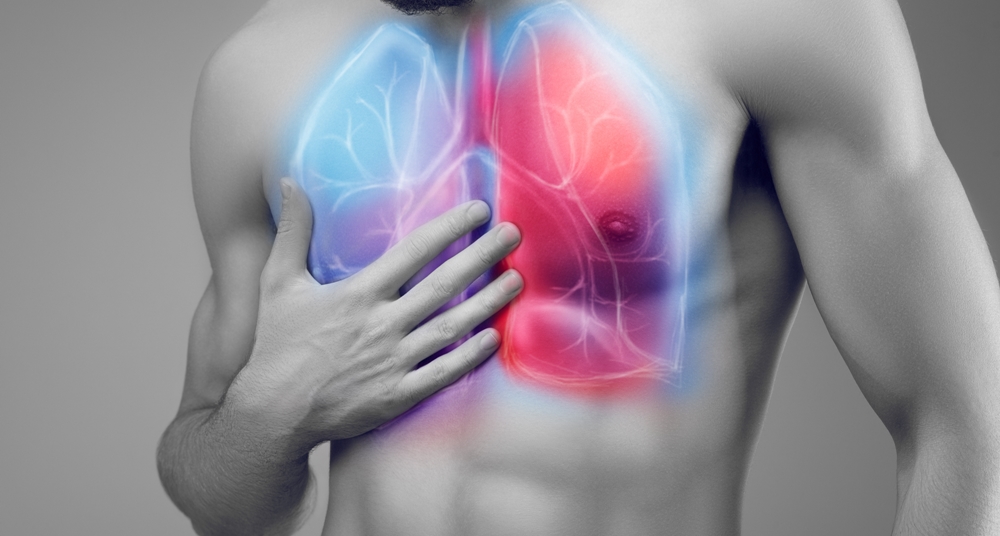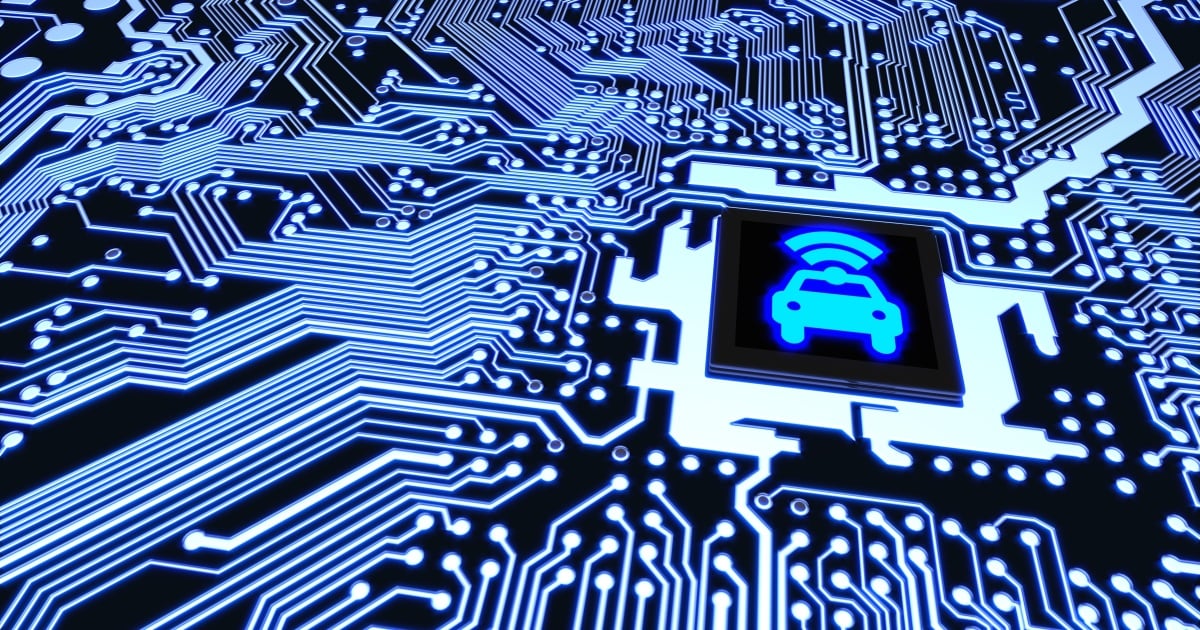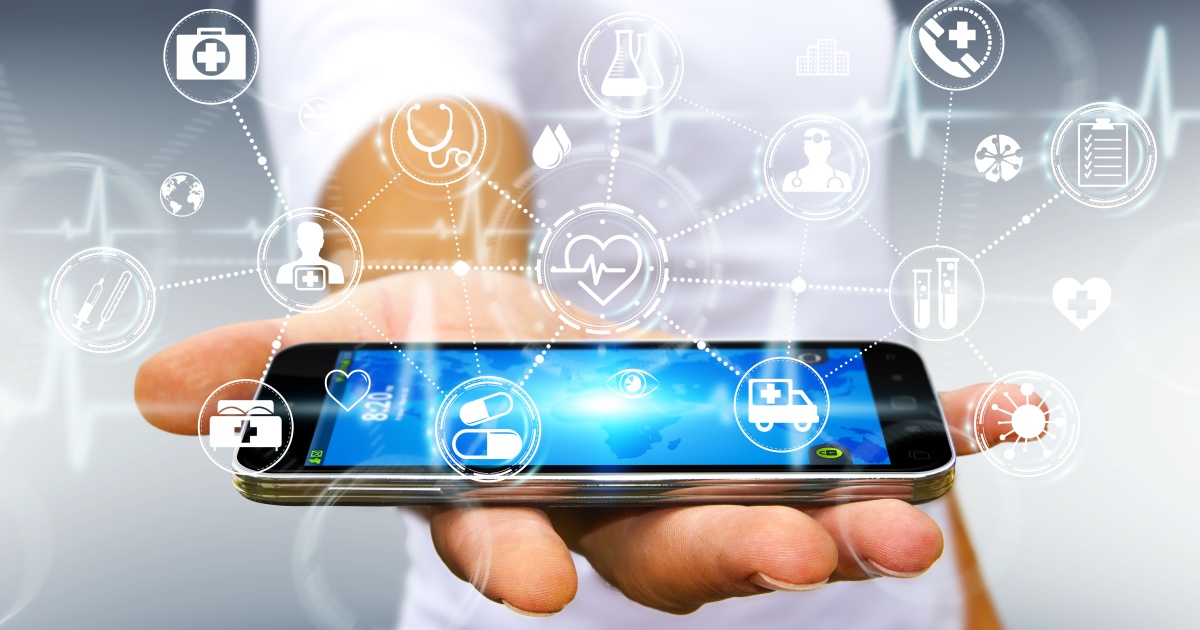
From acute to chronic, pulmonary conditions affect hundreds of millions of people worldwide. As of 2016, the WHO was reporting on 251 million cases of chronic obstructive pulmonary disease alone.
While both short-term and long-term infections can reduce a person’s quality of life by limiting their physical activity, freedom of movement, and energy levels, there’s a major concern related to pulmonary diseases in particular. Any exacerbating lung condition can also lead to premature deaths. For example, the WHO again states that pneumonia accounts for 16 percent of all deaths of children under five years globally.
At the same time, such acute conditions as pneumonia and bronchitis respond well to the treatment when diagnosed and addressed timely. In this case, they won’t exacerbate, recommence, or progress into a chronic state. Since a health specialist can’t be physically around their patients 24/7 and some patients may misread or disregard their worsening symptoms, the industry is tapping into IoT for timely condition analysis and treatment.
Medical IoT backed by enterprise mobile application development is an actively researched field where professionals are working to create the tools for lung health support across the spectrum. This article looks at different approaches to IoT and mobile apps that help users address their acute lung concerns and long-term needs alike.
Diagnosis of Acute Conditions
A lot of the symptoms related to emerging pneumonia or bronchitis can mask themselves as an intense case of a cold or a flu. So when a person’s cough, dyspnea, mucus discharge, fatigue, dizziness, and fever levels are increasing but still not alarming, this person might postpone or skip a doctor’s visit. Instead, they can settle for over-the-counter medications and use them until their symptoms worsen or they develop new symptoms, abnormal for common cold or flu.
While people, of course, want to make sure that their current conditions are not threatening and don’t require specific therapy, they would definitely try to avoid a doctor’s consultation whenever possible. The reason is that, when fatigue hits along with other symptoms, no one wants to schedule an appointment, wait in the office, pass lab tests, and only then get a prescription. Especially when a person identifies their condition as a basic cold, all the procedures above will feel a greater torture than all their symptoms combined.
Still, a proper diagnosis is needed, especially when it comes to children. Parents want to make sure that they provide the best care for their little ones, preferably avoiding the need to get them all the way to a doctor’s office in the middle of the night.
IoT devices can support both adult and pediatric patients with thoroughly connected diagnostic devices enabled with high-definition cameras and AI algorithms to combine human expertise with the accuracy of a technology. Some of the examples are TytoCare and StethoMe.
StethoMe is a smart stethoscope powered by artificial intelligence, allowing its users to perform a lung and heart check from the comfort of their homes. The data is recorded and analyzed in the dedicated mobile app. If the algorithms sense any abnormalities in a patient’s breathing patterns, they can refer them to any available telehealth specialist for a quick online consultation.
In turn, the TytoCare device goes with an exam camera, a smart thermometer, and a set of adaptors to perform guided examinations of lungs, throat, ears, and heart. Before using the device, a patient needs to start a telehealth session. Then, after discussing the symptoms with a doctor, the patient will perform a check of their needed areas according to a doctor’s request. In the case of an acute lung condition, they may want to evaluate breathing patterns, take a temperature, and measure the heart rate to get suggestions on further care options.
Tracking of Chronic Diseases
With acute conditions, any wheezing or rattling sound in the chest can be considered abnormal and alarming. Chronic patients, however, can experience these odd sounds coupled with troubled breathing most of the time.
Therefore, it will be inconclusive to analyze a chronic patient’s health based on stethoscope readings only, as an array of metrics should be tracked continuously. IoT comes to rescue once again with devices able to assess such important metrics for chronic pulmonary patients.
Respiratory rate and lung function
Decreased lung function will lead to troubled breathing and dyspnea. In this case, a patient will be suggested to perform breathing exercises and measure their respiratory rate to track the most effective exercise routine for them. The IoT devices able to measure lung function can be either wearables with continuous measuring (for example, Oura or Spire) or smart tubes that patients can blow into (NuvoAir).
Oxygen saturation, or SpO2 levels
Each chronic pulmonary patient gets a specific oxygen saturation target to maintain. If the current SpO2 levels are lower than needed, it may lead to hypoxia with a range of symptoms ensuing, like headaches, dizziness, lack of coordination, fatigue, and more.
Such IoT devices as Oxitone and iHealth Air allow measuring oxygen saturation on-demand and continuously, not only offering a quick insight but building the patterns on SpO2 level changes. These patterns can then be used to update the treatment plan according to the patient’s individual needs.
Medication adherence and attack patterns
Especially important for patients with asthma and COPD, tracking attack patterns allows evaluating how often and in which cases exactly patients use their inhalers. For this purpose, such devices as Propeller and Respiro turn any inhalers into smart trackers.
The sensors count each pump and create a detailed analysis of both patients’ compliance with the medication schedule and emergency cases when the inhaler had to be used to mitigate sudden symptoms. Some of such devices also come with GPS trackers to detect if the inhaler use was initiated due to air quality issues, such as pollution or allergen breakouts (pollen, dust, sand, etc.) in the area.
With the help of IoT devices, patients with chronic pulmonary conditions can assess their arterial oxygen saturation, respiratory rate, and attack patterns, understanding their current health status accurately. Moreover, IoT is always a two-way data transaction channel, and it is absolutely needed in chronic care. Receiving reports on recorded health data, a patient’s care team members will stay on the same page. They will be able to update the treatment plan and initiate timely interventions to avoid life-threatening exacerbations, emergency admissions, or severe complications.
IoT Brings Peace of Mind into Lung Health
The main reason why IoT can revolutionize pulmonary care is that it allows patients to get a better understanding of their current health status, so they can have more informed conversations with their doctors and become active members of their own care teams.
This sense of empowerment encourages chronic patients to always keep tabs on their breathing patterns and medication schedules. And those who are uncertain whether their symptoms require a thorough examination at a doctor’s office or they can be treated with basic over-the-counter medication, can receive a remote consultation while staying at home.
About the author: Veronika Vartanova is a Mobility Researcher at Iflexion, a software development company based in Denver, CO. She writes on the latest trends in mobile app development, AR and VR business integration, and mobile-first digital transformation.
Edited by
Ken Briodagh





